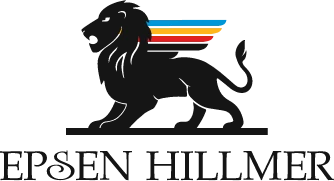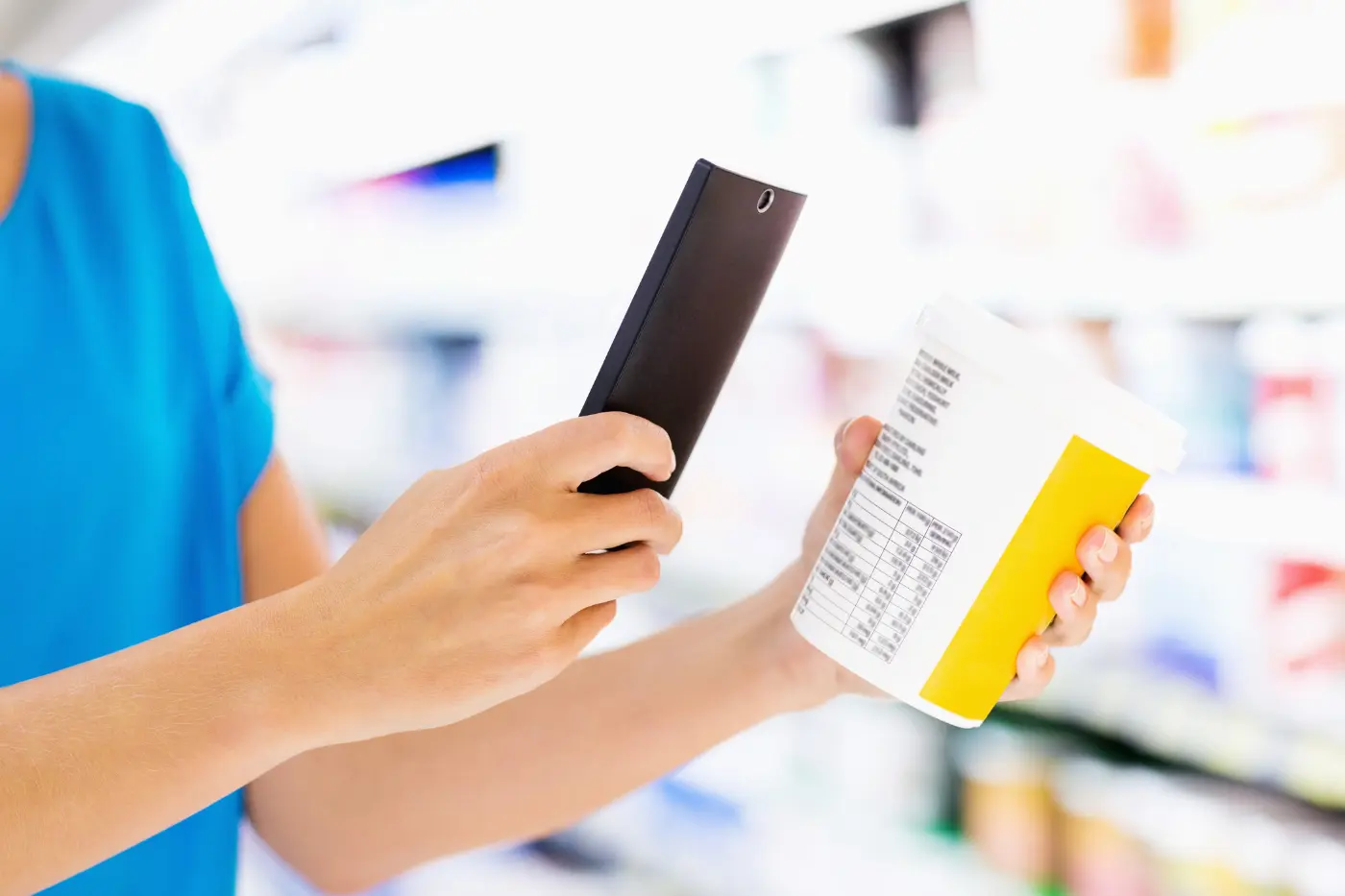One of the biggest food and beverage packaging trends is the growing demand for smart labels and Internet of Things (IoT) label technology. Customers don’t just want a pretty label or a colorful logo. They want to know more about your product, get details about product origins and ingredient sources, and interact with your brand in higher-level ways.
By using a strategic approach to smart labels and IoT in your package labeling, packaging can become a value-added way to strengthen your product brand. Smart labels can help your company build stronger customer relationships, boost trust in your brand, improve customer loyalty, and more.
Let’s look at a few reasons why smart labels and IoT capabilities are a new competitive advantage for food and beverage brands – and how your company can enhance your brand with smart label technology.
WHAT ARE SMART LABELS?
Smart labels are more than meets the eye. Instead of just showing basic information about food and beverage products, such as ingredients and logos, these labels also use “smart” digital technology. With smart labels, your company can communicate a wider range of information, strategic messages, and interactive experiences that can help deepen your customer relationships and build your brand.
Smart labels can include label technology such as:
QR codes
You’ve probably seen QR codes on restaurant menus and in a variety of settings on posters, flyers, and signs. This kind of smart label invites customers to scan your product packaging with a smartphone camera, which typically then leads to a website. QR code product labels can help share a deeper level of information with curious customers, such as brand stories, recipes, or more detailed lists of ingredients.
NFC (Near Field Communication)
What if you could get some of the benefits of QR code smart labels, but without requiring an internet connection? Good news: you can choose Near Field Communication (NFC) product labels. NFC product labels work without internet access; they’re based on radio waves. By touching their phones to an NFC package label, your customers can get additional information about your product. NFC labels are often used for authentication, special offers like promotions and discounts, customer loyalty programs, and more.
RFID (Radio Frequency Identification)
RFID label technology is often used for inventory management and product tracking. With RFID labels, your products are labeled with antennas and microchips so your company can keep better track of your products’ locations across your supply chain. This can help your company avoid food spoilage or unsafe storage conditions, helping to improve quality control and boost customer trust in your brand. RFID label technology can also be used for theft prevention and product authentication. There are also some RFID label benefits for consumers, such as making in-store recommendations.
HOW SMART LABELS HELP YOUR BRAND STAND OUT
Smart labels add extra strategic value for your brand by giving your company extra touchpoints and an expanded conversation with customers. Instead of being limited only to ingredients or basic, static information on a printed label, smart labels can open up a wider range of interactions. With smart labels, your company can offer deeply detailed information about your product, special promotions, personalized offers, video content, or interactive augmented reality (AR) experiences.
Here are a few examples of how smart labels and IoT label technology can help your brand stand out from the competition:
Flexible product label content
With a traditional product label, your company has limited space to share information and tell your story. You have to choose a label design, decide on the content, and send it to the printer. It’s static. It’s set in stone. Any changes will require redesigns and costly reprinting.
But with smart label technology, you have more space to be creative with your brand communications. Smart labels let you use a QR code to send your customers to a website where they can do a deeper dive into your product ingredients and brand story. Smart labels can be translated into multiple languages for selling your product in international markets. Instead of being limited to a small block of text on the store shelf, a smart label gives you the chance to communicate with customers in video and vivid augmented reality (AR) experiences.
And smart labels also give you the flexibility to make updates and enhancements to your brand messaging at any time. Want to add a new promotional offer? Want to give your customers access to video recipes? Want to add more details about your ingredients or suppliers? You can update these strategic brand communications anytime without having to incur the costs of redesigning or reprinting your package labels.
Customer engagement
Product packaging labels are some of your brand’s best ways to make a first impression on customers. But what if you could take this brand-building exercise even further? That’s where smart label technology can help.
Smart labels give you more creative, powerful ways to engage with customers. Just by scanning a smart label, such as a QR code, customers can open up a wider range of interactions that help them learn more about your brand.
They’re called “smart labels” not only for their “smart” digital technology, but because of the “smart” ways your brand can offer special discounts, personalized offers, or other unique content. If you want your product packaging to go beyond first impressions, smart labels can help your company build deeper customer engagement and longer-lasting customer relationships.
Better Transparency and Product Safety
Smart labels aren’t only useful for marketing and special offers. They can also improve your customer experience – and build trust for your brand – by helping to ensure quality assurance, transparency, and product safety. For example, if your customers want to buy products that are sustainably sourced, certified organic, or come from local farmers or producers, your smart labels can show details about your suppliers and certifications. A leading snack brand uses QR codes to show the origin of each ingredient and even share information about the freshness of its product.
Smart label technology lets you share a larger story about your company’s supply chain and ingredients than can typically be shown on a basic printed label. Another example is allergen information – if your customers want to avoid certain ingredients, smart labels can provide a more detailed explanation of your food or beverage product’s manufacturing processes and allergen content. This can be helpful for food safety for customers with severe food allergies.
RFID smart labels can also deliver a higher level of transparency for your customers. With RFID labels, customers can get access to a wider range of real-time data, such as the product’s expiration date, storage conditions, and origin. Another form of smart label technology is called Time Temperature Indicators (TTI). These smart labels can change color or show a warning message in case a product has been stored in improper conditions, such as excessively high temperatures.
With TTIs and other smart labels, customers get an extra level of food safety to guard against product spoilage. And your company and your retail distribution partners get an extra level of support with inventory management – at their best, smart labels can help prevent damaged packages or spoiled products from reaching store shelves in the first place. Think of these smart labels as one more line of defense for quality assurance. Smart labels can help keep your customers satisfied and feeling confident about your brand.
Personalized Experiences
Product labels are not just your brand’s first impression with customers – they can also be your brand’s last impression. With smart labels, your brand can continue the conversation with customers while they’re still in the aisle, looking at your product on the store shelf. One of the best ways to extend the interaction with customers is to use smart labels for personalized experiences. Research from the World Economic Forum shows that personalization can drive 6-10% higher revenue, and improve customer engagement and customer satisfaction.
How can smart labels get personal? One example is from a popular cosmetics brand that used NFC-enabled smart label technology to personalize its customer experience. Just by tapping their phones on the NFC product label, this health and beauty brand’s customers could get video tutorials for personalized skincare routines. In this way, smart labels helped customers “get smarter” about how to maximize the product’s benefits and have a happier experience with the brand. The cosmetics brand achieved a significant increase in customer satisfaction, customer loyalty, and repeat sales.
CHOOSE THE RIGHT PARTNER FOR SMART LABELS IN PRODUCT PACKAGING.
Smart labels are not just about package design. They’re a way to transform your communication with customers and build a stronger brand based on trust, quality assurance, transparency, and premium value. If you want to maximize the potential of smart label technology for your food and beverage packaging, it’s important to work with the right custom printing partner.
Ready to learn more about how Epsen Hillmer can partner with you to generate value for your business with the power of smart labels? Let’s talk.


